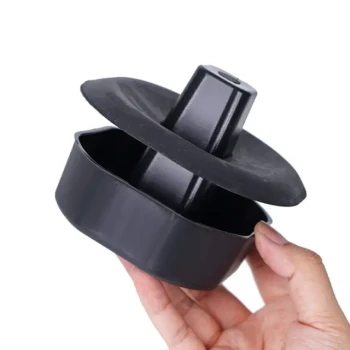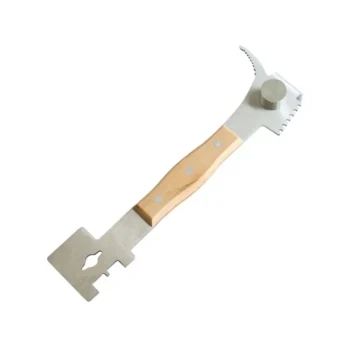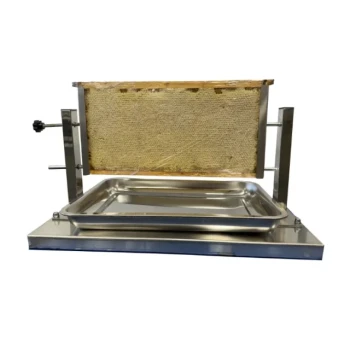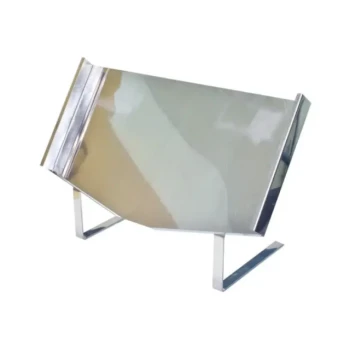At its core, the hive floorboard, also known as the bottom board, serves as the foundation for the entire hive. It provides the structural base that supports the full weight of the colony and its resources, while also incorporating the main entrance and exit for the bees.
The floorboard is more than just a floor; it is a critical component for regulating the hive's internal environment, influencing everything from ventilation and temperature control to defense and pest management.
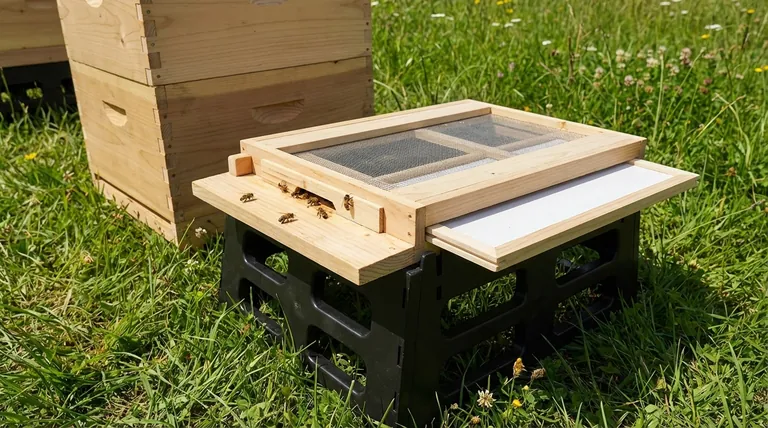
The Core Functions of a Hive Floorboard
A bottom board is the multi-functional base of operations for the entire honey bee colony. Its design directly impacts the colony's daily life and long-term health.
Structural Support and Stability
The most fundamental role of the floorboard is to bear the weight of the brood boxes, honey supers, and tens of thousands of bees. It provides a stable, solid footing for the hive structure.
The Entrance and Exit Gateway
The floorboard features an opening that serves as the single point of entry and exit. This allows the colony to manage traffic and defend itself from predators and robbing insects.
A Takeoff and Landing Platform
The area in front of the entrance acts as a crucial platform. Foraging bees use this space for taking off and for landing, often heavily laden with pollen and nectar, before entering the hive.
Solid vs. Screened: Choosing Your Foundation
The type of bottom board you choose is one of the most significant equipment decisions a beekeeper makes. The two primary types, solid and screened, offer distinct advantages for hive management.
The Solid Bottom Board: Prioritizing Insulation
A solid bottom board is a simple, solid piece of wood. Its primary advantage is protection from the elements and superior insulation.
This design helps the colony retain heat, reducing the energy bees must expend to maintain the proper brood nest temperature. This is especially beneficial in regions with cold winters.
The Screened Bottom Board: Championing Ventilation
A screened bottom board (or integrated pest management board) replaces the solid wood floor with a durable wire screen. This dramatically increases air circulation within the hive.
Enhanced ventilation helps reduce moisture buildup, a key factor in preventing disease. Its most significant benefit is in pest control, as Varroa mites that fall off bees can drop through the screen and out of the hive, breaking their life cycle.
Understanding the Trade-offs
Neither style of floorboard is universally superior. The right choice depends on your climate, management goals, and the specific challenges your bees face.
Solid Boards and Management
While excellent for insulation, solid boards can limit ventilation. Beekeepers must be vigilant about managing moisture, especially during winter and humid periods. Mite monitoring also requires different techniques.
Screened Boards and Winter Challenges
The excellent airflow of a screened board can be a disadvantage in cold climates. Bees may have to consume more honey stores to generate the heat needed to survive winter. Many beekeepers who use screened boards insert a removable panel during the coldest months.
Essential Enhancements for Your Floorboard
Several key accessories work in tandem with the bottom board to improve the colony's health and security.
The Hive Stand
A hive stand elevates the entire hive off the damp ground. This keeps the bottom board dry, preventing rot and improving insulation from the cold earth.
The Entrance Reducer
An entrance reducer is a small block of wood that narrows the hive entrance. It is critical for young or small colonies, as a smaller opening is much easier for guard bees to defend against intruders like wasps, mice, and robbing bees.
Making the Right Choice for Your Goal
Selecting and managing your hive's floorboard is an active part of beekeeping that directly contributes to the success of your colony.
- If your primary focus is winter survival in a cold climate: A solid bottom board is often the superior choice for its insulating properties.
- If your primary focus is pest control and moisture management: A screened bottom board offers significant advantages for promoting a healthy, dry internal environment and aiding in Varroa mite control.
Ultimately, understanding the function of the floorboard empowers you to create the best possible foundation for a thriving colony.
Summary Table:
| Function | Solid Bottom Board | Screened Bottom Board |
|---|---|---|
| Primary Advantage | Superior Insulation | Enhanced Ventilation & Pest Control |
| Best For | Cold climates, winter survival | Warm/humid climates, Varroa mite management |
| Key Consideration | Manage moisture buildup | May require winter insulation panel |
Ready to build a stronger foundation for your apiary?
Choosing the right floorboard is crucial for colony health and productivity. At HONESTBEE, we supply commercial apiaries and beekeeping equipment distributors with durable, high-performance hive components designed for success.
Let us help you select the perfect bottom board and other essential supplies to optimize your hive management. Contact our expert team today to discuss your wholesale needs and ensure your colonies have the best possible start.
Visual Guide
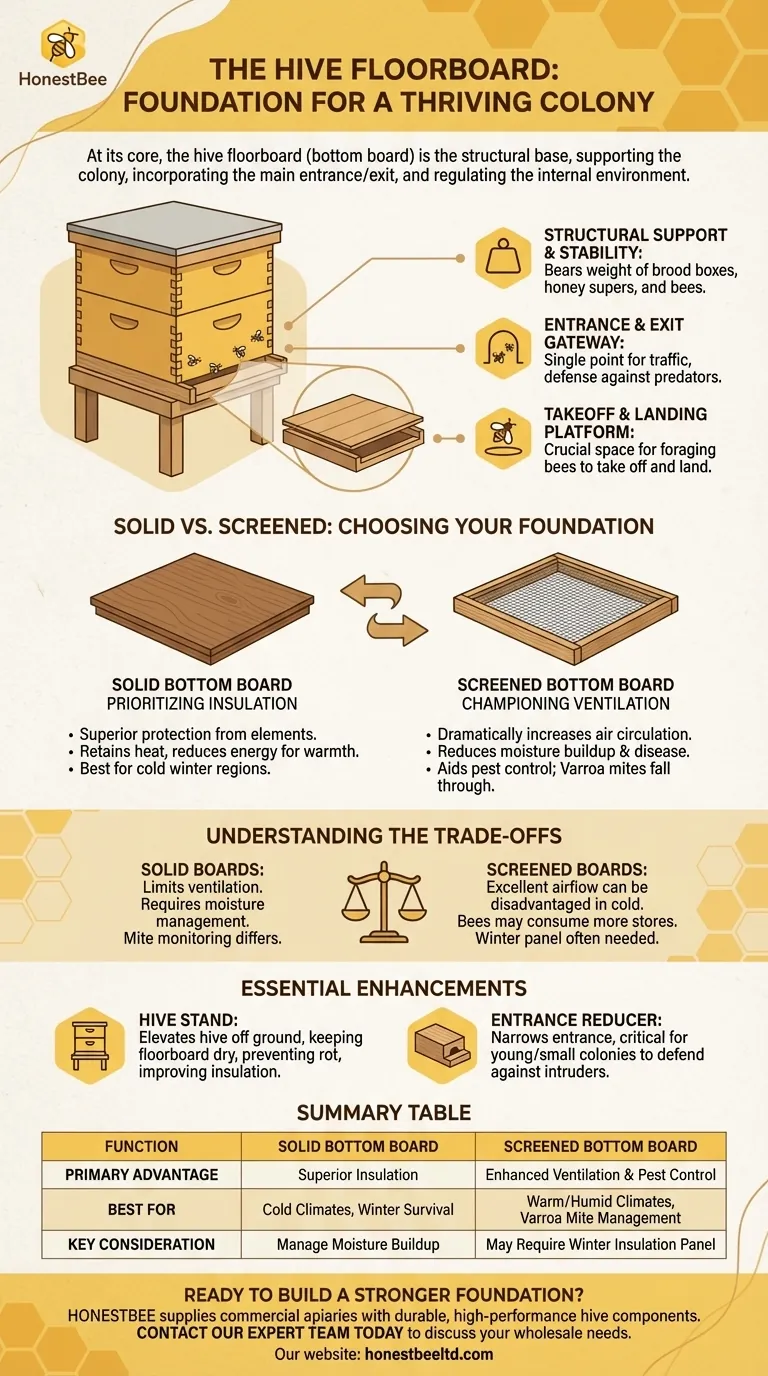
Related Products
- Plastic Bee Hive Stand for Beekeeping
- Metal Bee Hive Stand Bee Box Stand for Beekeeping
- Metal Hive Feet Bee Hive Stand for Ant Protection
- Professional Ant-Proof Beehive Stand with Integrated Moat for Beekeeping
- Multi-Function Hive Tool with Integrated Hammer for Beekeeping
People Also Ask
- How do bees regulate the temperature of their hive during the summer? Discover Their Natural Cooling System
- How do bees regulate ventilation and temperature in the hive? Master Hive Climate Control
- What is the purpose of a hive stand in a Langstroth hive? Protect Your Hive and Boost Colony Health
- What are the main differences between Langstroth and Top Bar Hive designs? Choose the Right Hive for Your Beekeeping Goals
- Why is it important to level a hive stand properly? Prevent Catastrophic Failure & Ensure Hive Health



